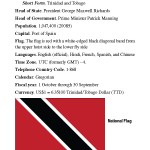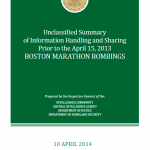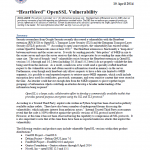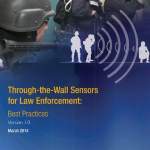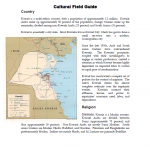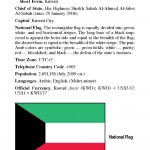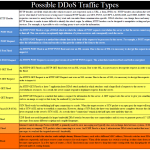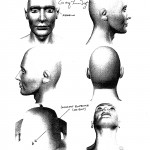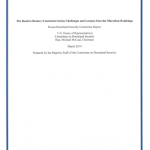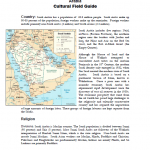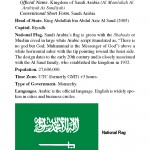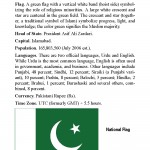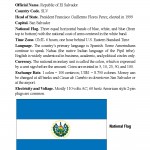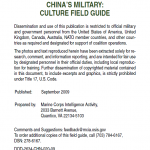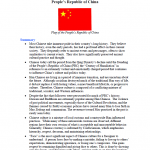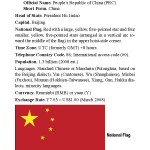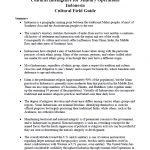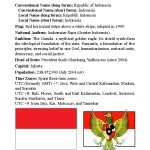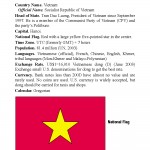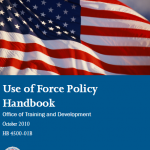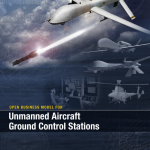
Over the past twenty years, the Department of Defense (DoD) has acquired a diverse portfolio of Unmanned Aircraft Systems (UAS) across the Military Services to meet its national security needs. Newly emergent threats and evolving national security requirements are prompting the DoD to re-evaluate its entire portfolio of systems, while at the same time, seeking to reduce the total ownership costs including lifecycle sustainment costs of these systems. The anticipated reduction in defense spending in concert with advances in information technology provides ample opportunity for DoD to rethink how it acquires, designs, and builds its systems. As a result, DoD is adopting and exploiting open system design principles and architectures to increase competition, foster reuse across systems, and increase interoperability. This new acquisition model requires access to multi-vendor solutions to enable rapid insertion of new technologies to counter emerging threats, avoid technology obsolescence, and decrease time to field new capabilities. DoD is adopting an Open Business Model (OBM) to support the implementation of an Open Architecture (OA) for UAS Ground Control Stations (GCS) in order to drive greater acquisition efficiencies and reduce the total ownership costs. This new model is built upon several lessons learned from the Navy’s own open architecture efforts in the submarine community when it radically changed its approach to building weapon systems due to an emerging threat from an adversary in conjunction with declining budget.
Read more →
